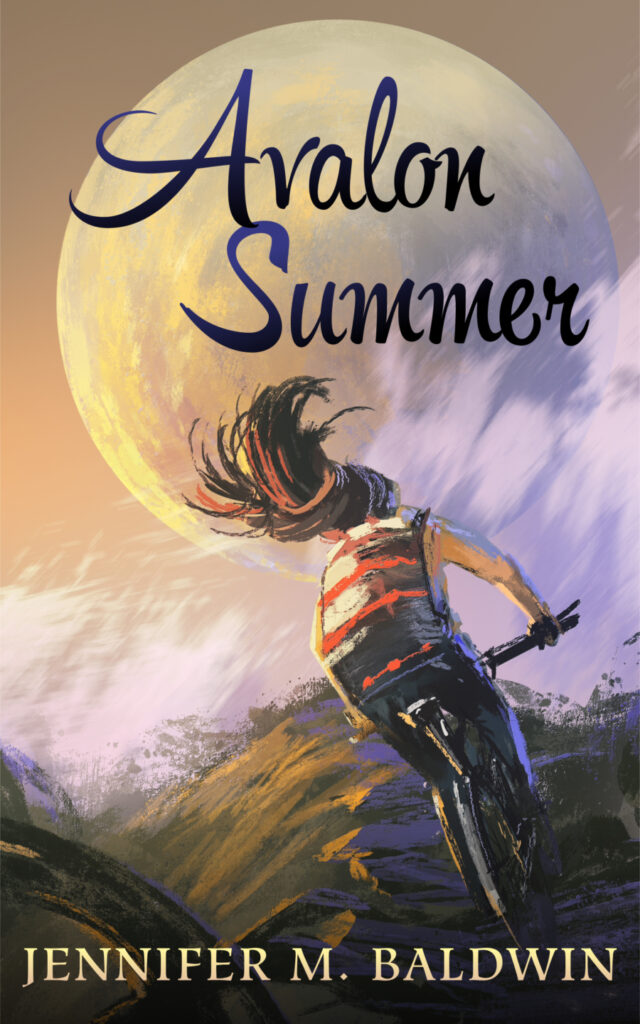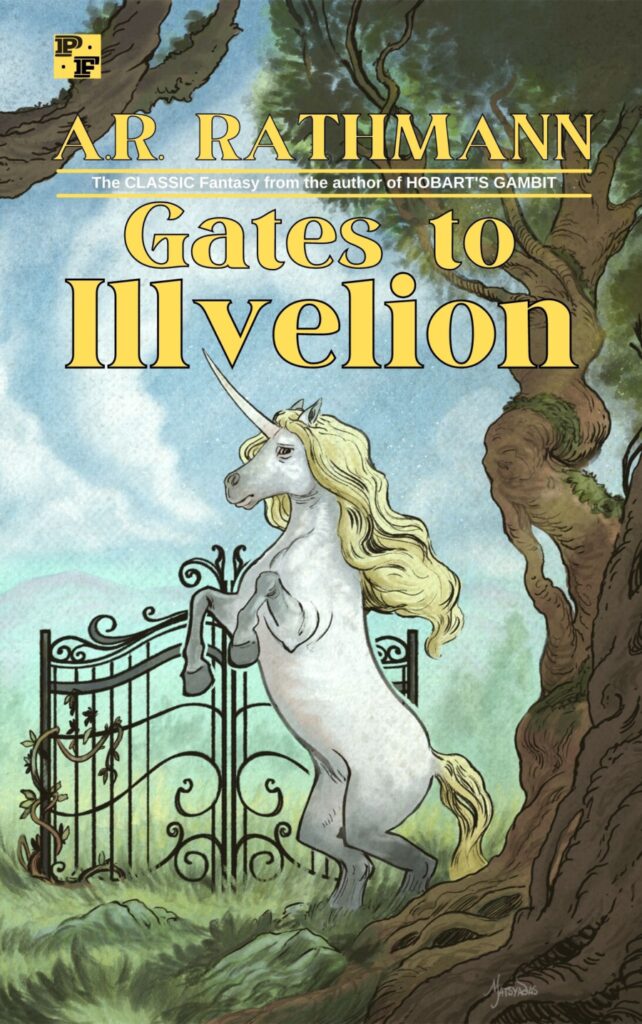I have been thinking about why I love Middle-Earth so much. I know that lots of Tolkien fans have argued that Middle-Earth feels more real than any other secondary world, that it has such depth and detail and history, and that Tolkien wrote about it with so much love for the landscape and languages that it all feels as if Middle-Earth really IS our world, but eons ago, beyond the mists of our own knowledge. I would agree that Tolkien created a hyper-detailed sub-world, and that the history and legends and descriptions are so vivid that Middle-Earth feels REAL.
But is that all? Is this the only thing that makes me love Middle-Earth?
I’m not sure “world-building” is the only thing that elevates Middle-Earth above all other fantasy realms for me. If it were just “world-building,” then Westeros and Essos (from George R.R. Martin’s A Song of Ice and Fire series) would be just as enticing. I’m sure for some people, Martin’s world IS more enticing. But not for me. The intricacies of Middle-Earth’s history, or its landscape, or the depth of its lore aren’t what make me love it. Otherwise, Brandon Sanderson’s Cosmere would be at the top of my list. Sanderson’s created world is arguably more intricate, more detailed than is Middle-Earth. But the Cosmere does not cast the same spell over me.
Tolkien, of course, often writes in a “high style” that feels archaic and shrouded in the long-forgotten mists of time. Is it this tone, perhaps, that makes Middle-Earth weave its spell upon me? I do indeed think that Tolkien’s tone and style are part of the equation.
But I also think it’s more than tone. It’s the particulars of his myth-making: the Trees of Valinor, the Silmarils, the Ents and Balrogs, the Dwarves and dragons and barrow-wights, the Elves, the hidden kingdoms like Gondolin; it’s Gollum and the Nazgul. All of these things — the essence of these imagined things — are what draw me into the world. The simple things too, like the light of the stars or the flowers of Lorien. All of them stir my heart deeply. I do think they beckon to some yearning in my imagination, a desire for the real world to become somehow deeper and more wondrous, to resemble the wonders of Middle-Earth…
Tolkien gets at this idea in his essay “On Fairy-Stories” when he explains that fairy-stories (and all fantasy) help us with “recovery”:
Recovery (which includes return and renewal of health) is a re-gaining — regaining of a clear view.
This regaining allows us to see the natural, physical world with fresh eyes. Things like rocks and leaves and flowers are renewed in our imagination because fantasy stories have helped us recover this “clear view” of them:
Fantasy is made out of the Primary World, but a good craftsman loves his material, and has a knowledge and feeling for clay, stone and wood which only the art of making can give. By the forging of Gram cold iron was revealed; by the making of Pegasus horses were ennobled; in the Trees of the Sun and Moon root and rock, flower and fruit are manifested in glory.
This is why Middle-Earth works so strongly on my own imagination. It recovers for me that clear view of the world, of nature, and even of abstract things like goodness, evil, courage, honor, envy, friendship, longing, love. As Tolkien puts it, the particulars of Middle-Earth — the Silmarils, the Ents, the Elves, the Misty Mountains, the Shire — all of it helps renew in me a love for stars, and trees, and songs, and mountains, and green hills and summertime. I return to Middle-Earth again and again, loving it more and more each time, because it helps me regain something I’m always on the verge of losing: my wonder and joy for our world, for the world of God’s creation. Tolkien helps me recover this wonder and joy; his Middle-Earth is “made out of the Primary World,” and in being so made, manifests the real world’s glory.
That is why I love Middle-Earth so much.




Leave a Reply